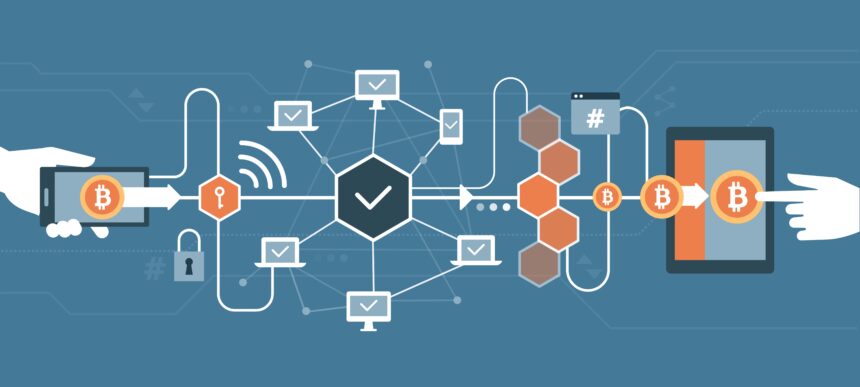Blockchain is a revolutionary technology. It was developed to authenticate cryptocurrency transactions, but is now being used in a variety of other applications as well. It can provide a wide range of authentication functions, which are used in intellectual property management, traditional banking and verifying academic credentials.
Solidity is a high-level programming language that serves as the basis for many blockchain solutions. It depends on contract functions, which are post conditionals that expand the existing functionality of the base programming language. By coincidence, Solidity Is used to develop smart contracts that are authenticated and processed through the blockchain network, which creates confusion for smart contract programmers. They must differentiate the use of contract methods with smart contracts, since the two have very different contextual meanings.
As blockchain and smart contracts become more widely used, demand for Solidity programmers will grow. Unfortunately, for syntax and hierarchy elements of Solidity are difficult to grasp for many C, C#, Java and other programming professionals. They need to master the nuances of Solidity to overcome the learning curve.
Here are some factors to keep in mind. You can also check out the list of YouTube tutorials on this Medium post if you want a deeper look at the language.
General overview of Solidity
Solidity can handle compilations at the machine level. However, programmers don’t need an in-depth understanding of machine level programming to develop applications in Solidity. Solidity can process high-level programming commands, fragment their inputs and process them as machine level code. This is one of the reasons that it is such a popular language for handling FinTech queries for bitcoin. Bitcoin was a remarkable innovation, which is why it is disrupting other industries.
This approach can have many applications where machine level coding is important. However, programming languages that convert high end code to simplified machine-based commands need to be fairly specialized in order to operate effectively. The process takes a detailed understanding of the human written commands and their applicability to machine-based instructions.
Solidity demonstrates this concept by specializing in Ethereum based algorithms, which are the core of blockchain. The language has a wide range of blockchain applications, but smart contracts seem to be the most widely applied.
Understanding the nuances of Solidity
Solidity is a new programming language that many developers are not familiar with. Before attempting to master it, they must understand the following differences between Solidity and more mature C based languages.
Understand the relevance of EVM temporary data
Solidity is functionally similar to ECMAScript. One of the biggest similarities is their ability to write temporary memory to the stack. EVM is responsible for handling temporary memory. If you want to store memory permanently into the blockchain, then you need to apply determinism to your code.
By default, data is presumed to be temporary. You need to apply determinism to make it permanent. Therefore, Solidity does not have a random() function to assign temporary data, unlike most other C-based languages where data is presumed to be permitted by default.
Grasp the applicability of the external and internal modifiers
Solidity Is equipped with a number of different modifiers. Internal and external are two of the most important.
The external modifier is used to indicate that you are trying to call variables or methods from another smart contract. By contrast, the internal modifier stipulates that you were trying to access data or methods from the smart contract within which the modifier is being referenced. This is similar to the concepts of global and local variables with C. However, the external modifier is obviously more versatile, because it can reference other smart contracts that may seem connected to the ones that are currently being written.
These modifiers are arguably more important with Solidity then most other languages. The reason is that you are going to be working with a number of different smark contracts. Some data may need to be transferred between contracts, while other types of data should be more exclusive.
Use Oracalize to handle authentication
The revolutionary feature of blockchain was its ability to authenticate transactions for crypto currencies. In order to permanently stored data to the blockchain, you must use a method that meets authentication requirements. Oracalize is the system that process is this for Solidity. You can find a description of this method at the Oraclize documentation page. Here is an excerpt.
“In particular, the aim is not to force smart contract developers in having to trust Oraclize with the data they need. Without any backing of authenticity, Oraclize could easily tamper with the data. This is why, in order to complete this complex task, Oraclize returns the data requested along with a proof of the authenticity: i.e that the data comes from the data provider which has been explicity demanded by the smart contract.”
If you’re starting to use Solidity for cryptocurrency authentication here’s a solid introduction to the language and some advice for learning it.











